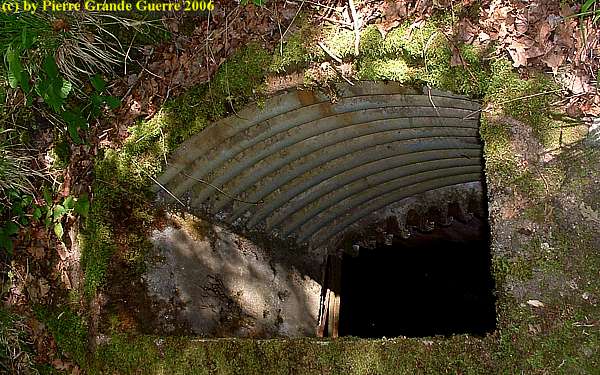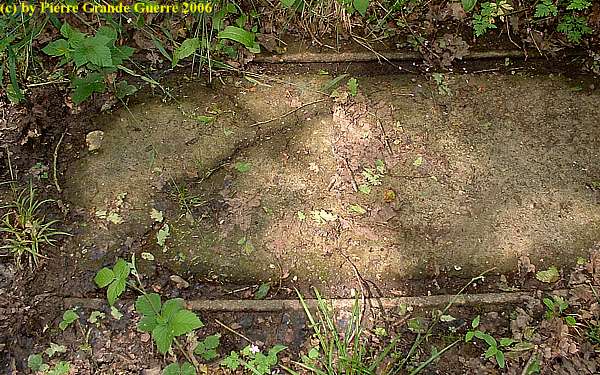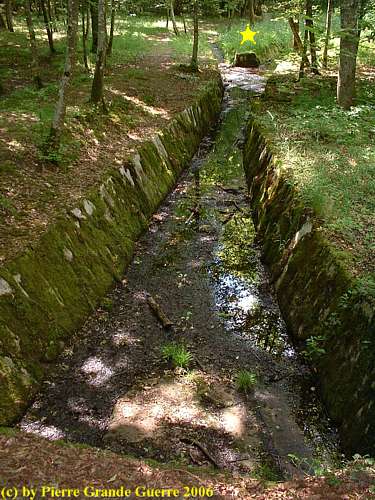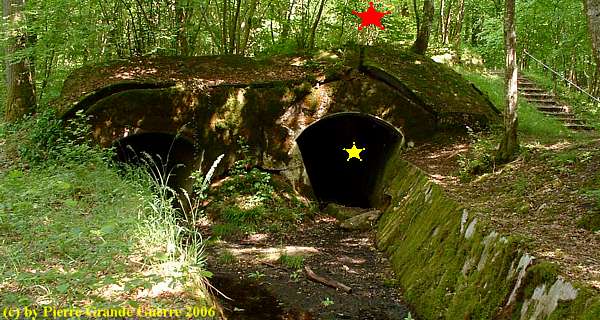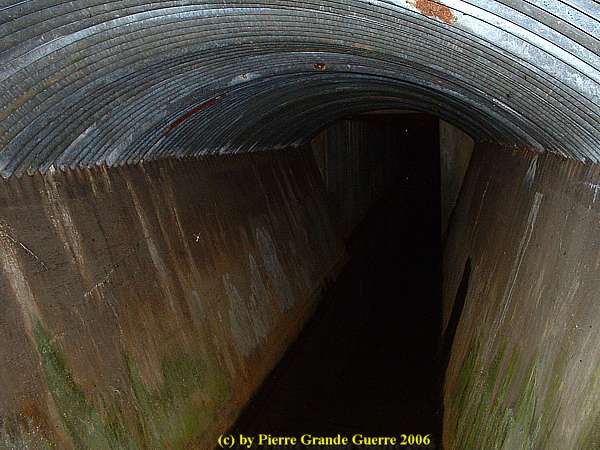VERDUN - Duzey - German Artillery Base - 380 Gros Max Gun
Year of visit: 2006
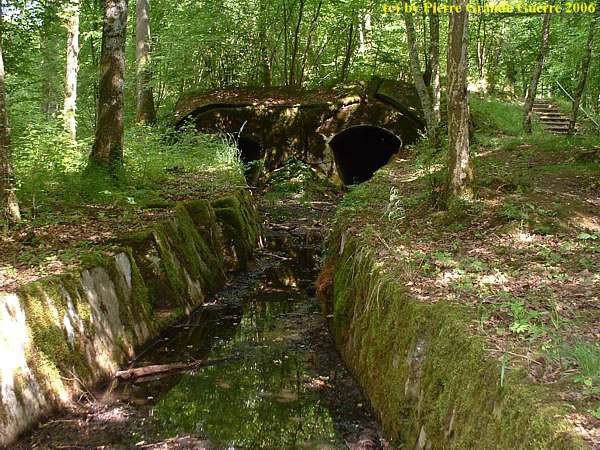
"Behind the German lines", 30 km. north-east of Verdun, west of Spincourt and Loison. Artillery Bunkers near Mangiennes, Billy s/s Mangienne, and the 380 mm. canon base at Duzey.
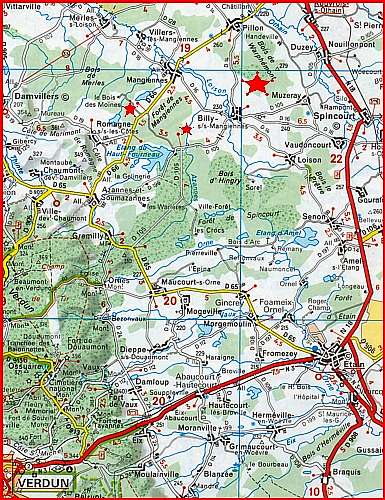
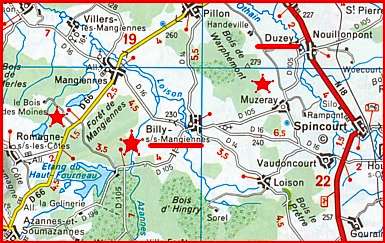
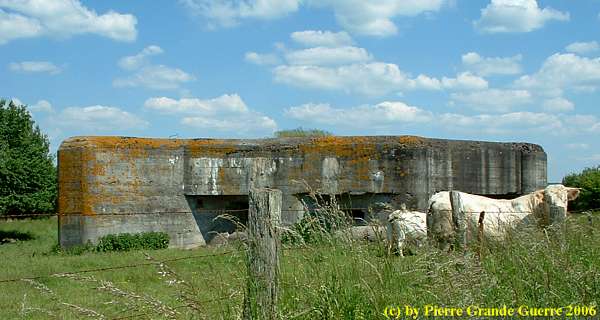
This second Maginot line consisted of several bunkers between Pierrepont and Mangiennes, hence the name of the "bretelle Pierrepont-Mangiennes".
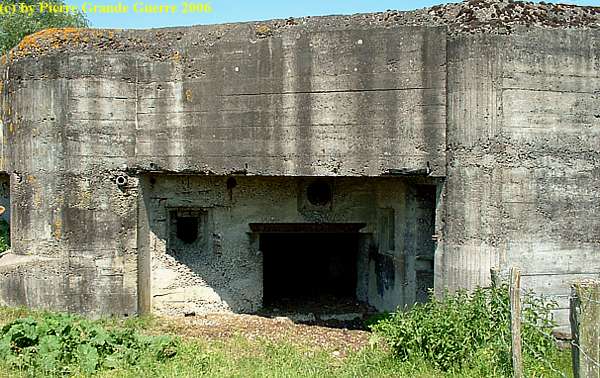
(Info from the Maginot Line expert: Martin Rupp, www.maginotlineatwar.com ).
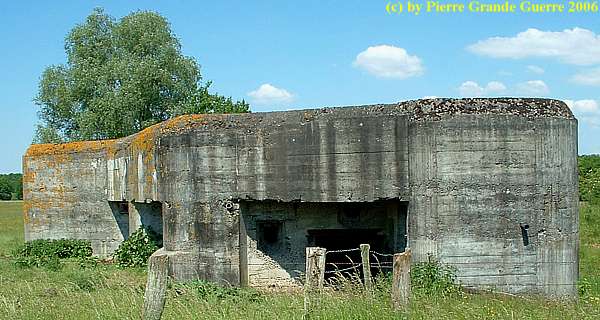
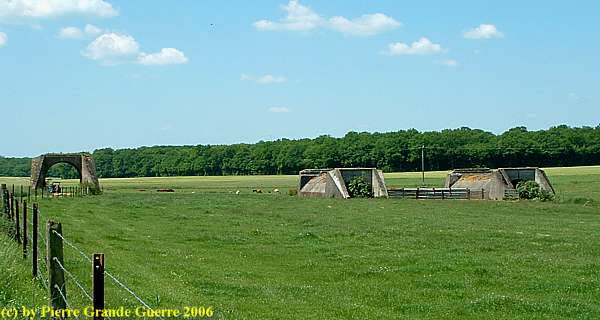
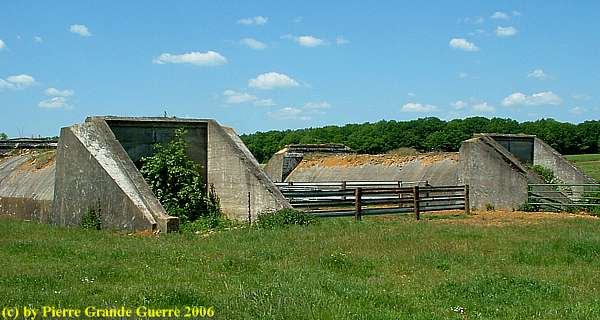

The bunker in the centre of the three bunkers.
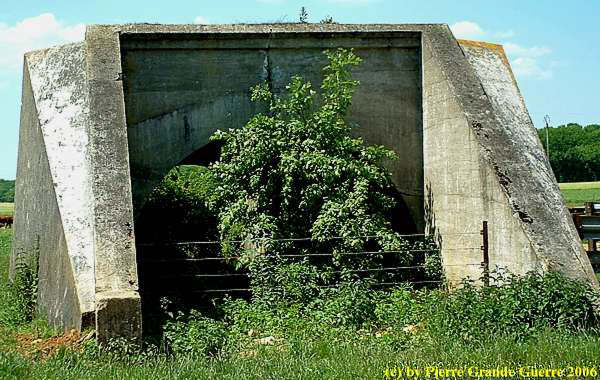
The "left", or rather southern bunker of the three bunkers. A sandy country road beneath it.

The two most northern bunkers seen from the southern bunker.
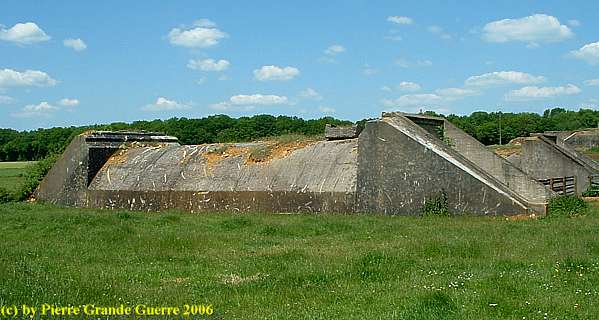
As we cross the hamlet of Billy, we detect this German shelter, now being used as a goat shed.
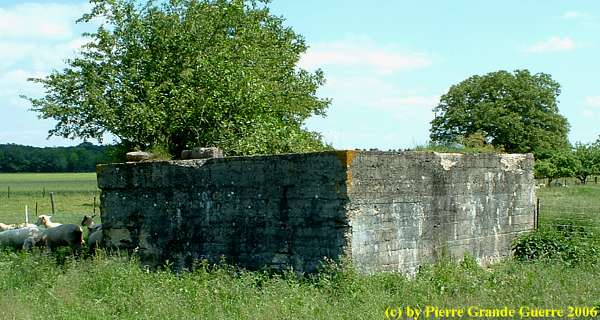
Bois de Warphemon t, in the woods west of Duzey; relics of the concrete base of a German 380 mm "Gros Max"Canon , and the shells distribution depot bunkers.


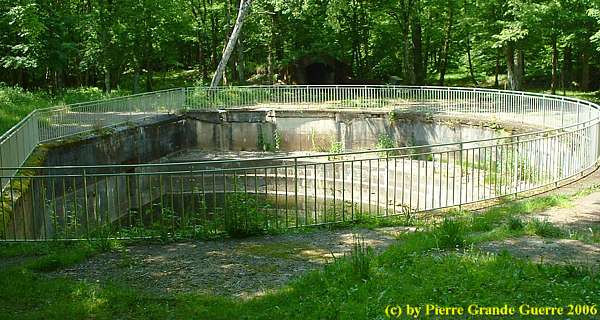
The Siegfried SKL 45 Max 380 mm artillery gun
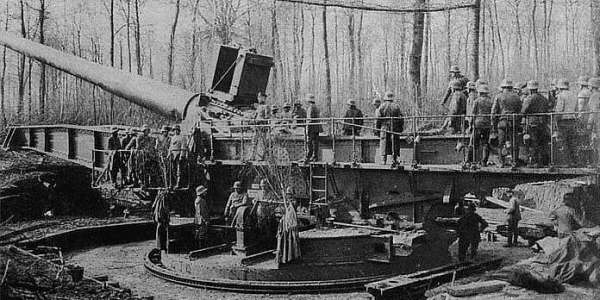
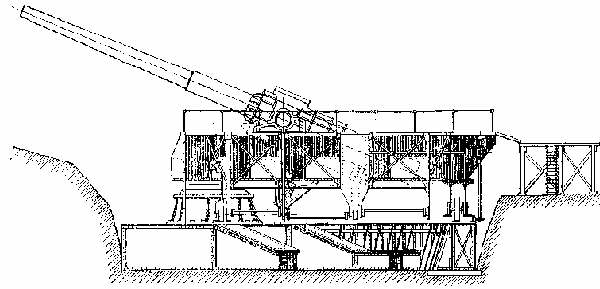
Siegfried SKL 45 Max
, made by Krupp Werke
Calibre: 380 mm
Barrel length: 19,6 m
Range: 56 Km
Muzzle velocity: 1050 m/s
Weight of Gun in action: 24 Tons
Weight of shell: 495-800 Kg
Rate of fire: 1 round every 4 minutes
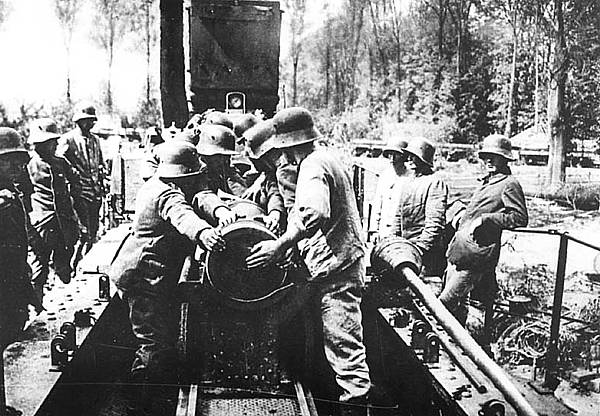

Images of the concrete base.

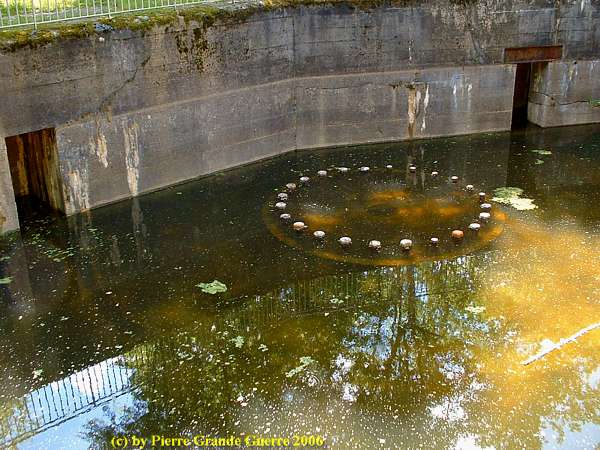
The shells of the gun (left on the image) were around 2.00 m high...
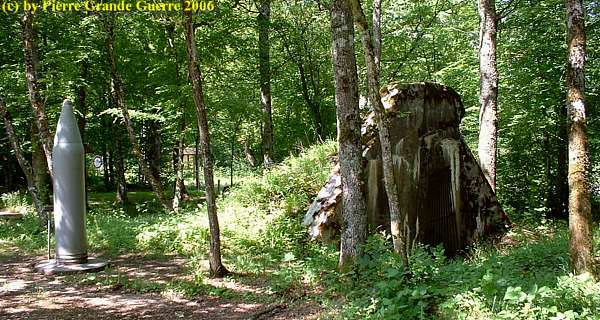
... as you may compare here in this image below to my modest length of 1.70 m.
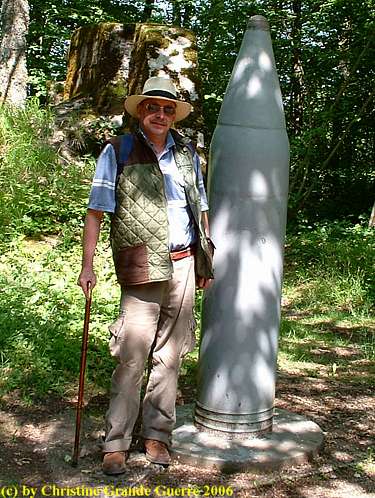

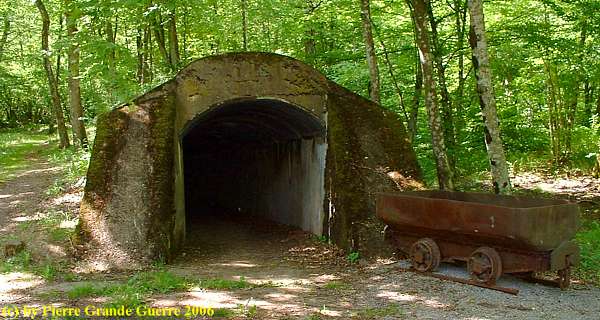
A relic of one of the small ammunition wagons.
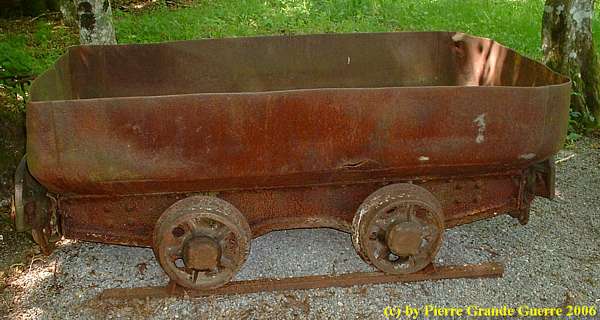
Inside the tunnel, where the ammunition trains were loaded.
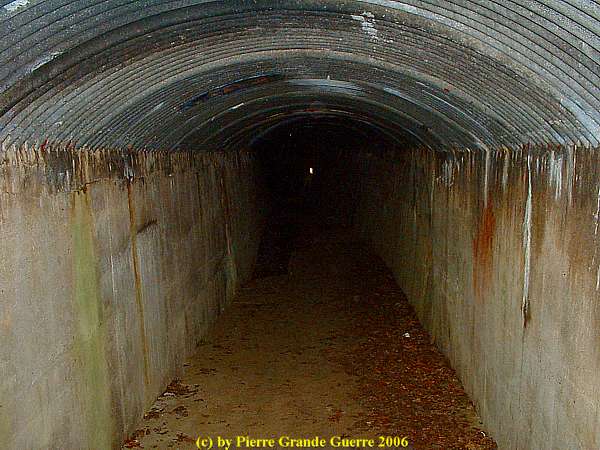
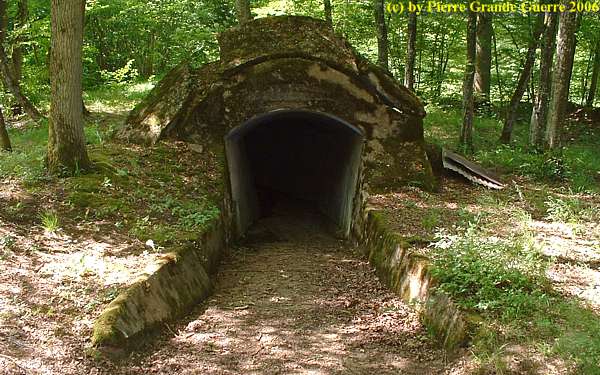
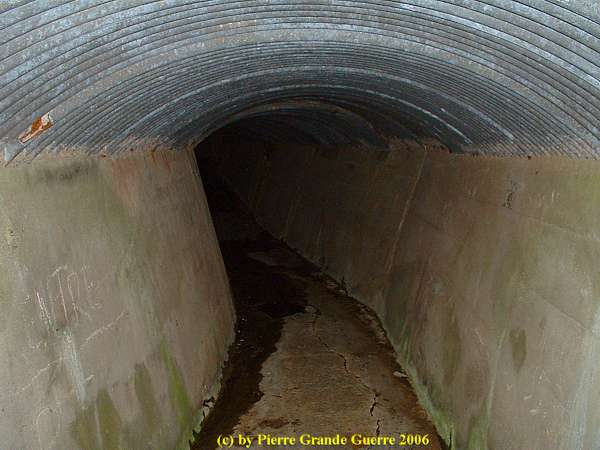
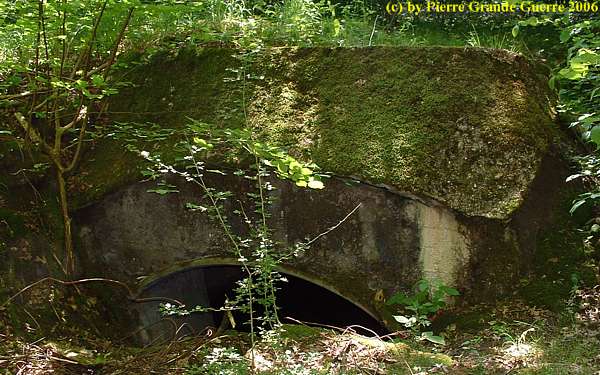
... and more airshafts in the roof like this one.
